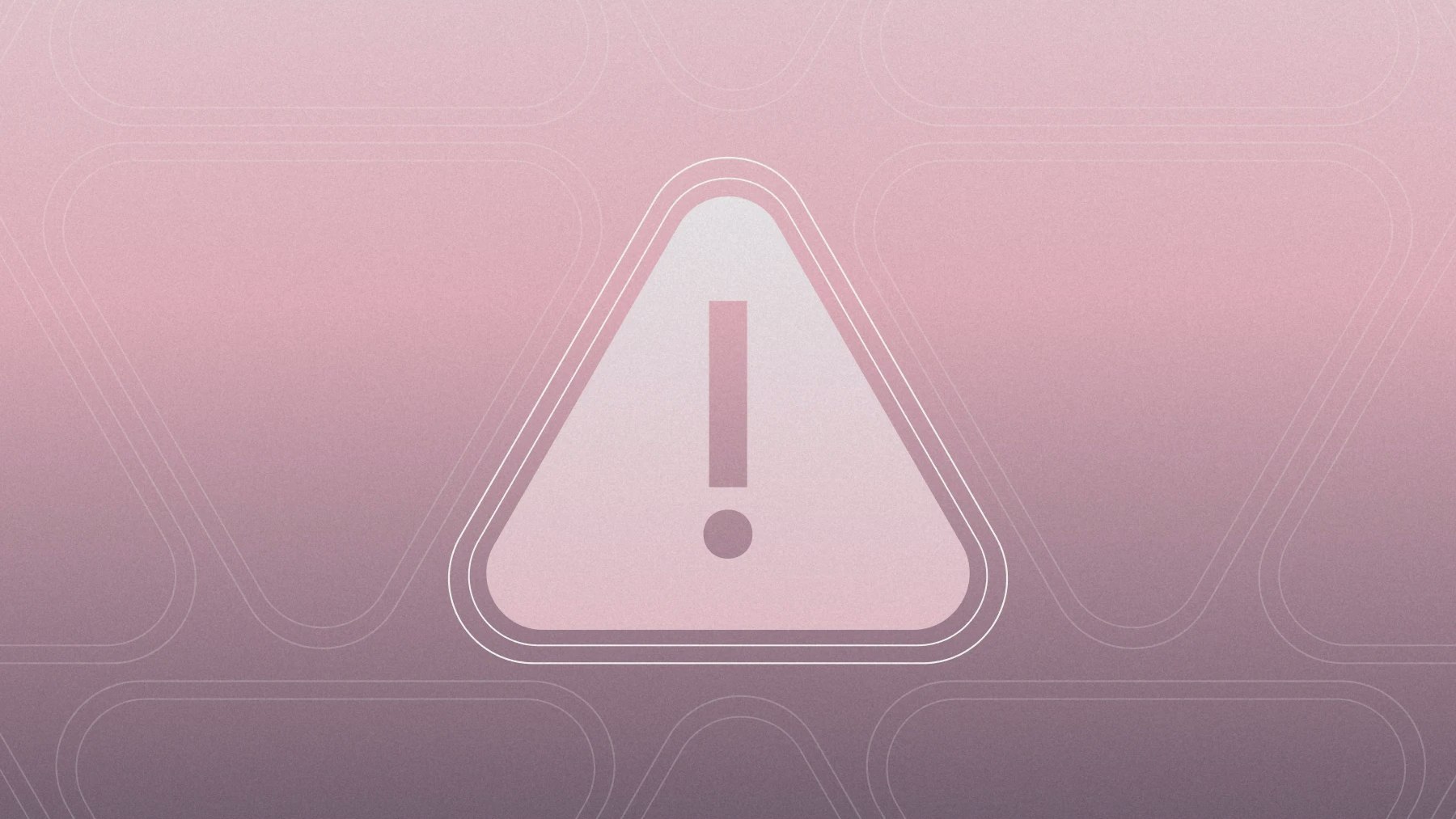Common dropshipping mistakes for ecommerce companies to avoid

Dropshipping can be a successful endeavor, but it's rife with competition. There’s still space for smaller operations to carve out success, but it will require avoiding low-hanging mistakes that can trip up your business at its start.
In this article, we outline 12 common dropshipping mistakes to avoid, from selling too many products to working with too few suppliers.
12 common dropshipping mistakes
1. Selling too many different products
There are many vendors who offer exciting products. However, it’s important to limit your focus to a few categories in order to establish a clear brand and curate a reliable customer base. Especially when you’re just getting started, spending your ad money on attracting the wrong audience can be disastrous. You might even decide to go after a niche—this will help you concentrate your efforts so you can focus on the right messaging, customers, and marketing strategy. Examples of niches include:
- Clothing for infants and toddlers
- Nutritional supplements for vegans
- Self-help books
2. Picking the wrong niche
With so much competition for the attention of online shoppers, it’s important to pick a market that you can stand out in. Here are some questions you can ask to determine if a niche is right for you:
- Is the niche growing? For example, after the Netflix series The Queen’s Gambit was released in late 2020, the chess-centric show caused searches and purchases of chess sets, books, and other accessories to skyrocket.
- Do you have expertise or passion for a particular product category or market that will help you market products uniquely and stand out from competitors?
3. Lack of research
Research the top competitors in the market you’re interested in to make sure that you’re actually offering something different. If a niche seems to be growing, figure out what might be driving it and how you can tap into trends.
SEO tools like Ahrefs, or SEMRush can help you learn how others in your target niche are marketing themselves. You can search questions like:
- What keywords are others in your target niche ranking for?
- What do they use for their on-page optimization elements (meta titles, H1 headings etc.)?
- What areas are they lacking in that you might be able to fill in?
The Facebook Ads Library can also be useful to look up different types of advertisement strategies being used by competitors, from creative to copy.
4. Not diversifying suppliers
Dropshipping drastically reduces startup costs by outsourcing inventory, manufacturing, and fulfillment to outside vendors. However, your suppliers are also running businesses and can change up pricing or switch product offerings. If you only rely on a single vendor for your merchandise, these changes could cripple your company.
Spread your supplier and fulfillment needs across a number of vendors so that your revenue isn’t dependent on just a few third parties.
5. Undercutting yourself with pricing
In crowded industries, pricing can be a major differentiator between sellers. For example, most shoppers prefer free shipping. However, it’s important to be careful when providing free shipping, charging less for an item, or offering deep discounts. These strategies may help increase your sales volume but can hurt long-term profitability.
If you do want to discount your goods, there are ways to take advantage of ebbs and flows in your business. For example, if you have a higher order volume one month, you might be able to negotiate more favorable deals from your supplier and lower prices.
6. Poor branding
Branding is one of the few differentiators your dropshipping company can have from others. To stand out in the market:
- Consider hiring a creative agency to shape and manage your brand.
- Work with marketing consultants who can drive traffic to your site and increase your sales volume.
- Remember that this is a business—make data-driven decisions about the effectiveness of your branding. Don’t pick a particular style simply because you like it.
7. Confusing website layout
Once you’ve got traffic coming to your store, it’s important to make it easy for customers to find the products they want and pay for them. Things to avoid:
- Requiring too much navigation on your website
- Adding large files like videos to your page that cause slow loading times
- Not building your landing page for the right audience
8. Selecting the wrong ecommerce platform
There are several ecommerce platforms to choose from, ranging from popular platforms like Shopify to new entrants like Squarespace, which has launched dropshipping platform Sprocket.
Each platform has its unique advantages. Research different options that might be right for you and take advantage of trial periods. It’s easier to switch to a better platform while testing your website than it is to do it when you’re a year into running your business.
9. Customer support
If one of your vendors creates issues for your customer’s orders, it will be up to you and your team to handle customer complaints and address the problem. Failing to respond to customers in a timely manner can cause them to leave a bad review or never buy from you again. If enough customers face bad experiences, it can be disastrous for your reputation.
10. Shipping issues
Figure out what events might overwhelm or take your suppliers by surprise. Communication matters even more during the holiday season.
For example, if your holiday marketing campaign is more successful than expected, it could result in a sudden influx of orders that your supplier might not be able to handle. In this case, warn suppliers that you anticipate an increase in order volume ahead of time. If they are already running behind on other orders, you might want to delay your campaign until the issue is smoothed out.
11. Not having a system for returns
It’s imperative to have a system for handling returns before starting to sell your products. Each supplier has a unique return policy, which makes it difficult to create a standard for customers to follow.
Discuss return expectations with suppliers before signing a contract or starting to sell. Be clear with customers about directions for returns and who is responsible for covering costs. Negotiate better conditions if you expect to do a lot of business with a particular vendor or if their practices differ greatly from other suppliers.
12. Ignoring reviews
Online shoppers tend to do a lot of research before making purchases. Failing to address customer complaints can result in tarnished reputations and lost sales.
Respond to negative reviews from customers publicly in the same forum or platform they were posted. If you run your own website and use a reviews platform like Okendo, Junip, or Trustpilot, you might be able to curate reviews to only those you approve of.
Showing negative reviews isn’t always a bad thing—if you respond to them quickly and with empathy. Outline concrete steps to address the issue and offer solutions to make up for any inconveniences. If you handle support and reviews well, you can win back customers or inspire shoppers to become even more loyal to your brand.
Chances are you’ve seen those dropshipping video ads promising a high-income life of luxury from working only a few hours a week. Getting there will require focus, strategic thinking, and hard work—especially in the beginning.
To be successful at dropshipping, you’ll need to look past the hype and unrealistic promises made by industry “gurus.” Most importantly, you’ll need to avoid low-hanging mistakes that can derail your business right at its start.
Tags
Related reads

Should you launch on eBay? A viability checklist by product category

Shopify Balance review: Pros, cons, and alternatives for ecommerce companies

Turning real-time financial insight into an ecommerce advantage
